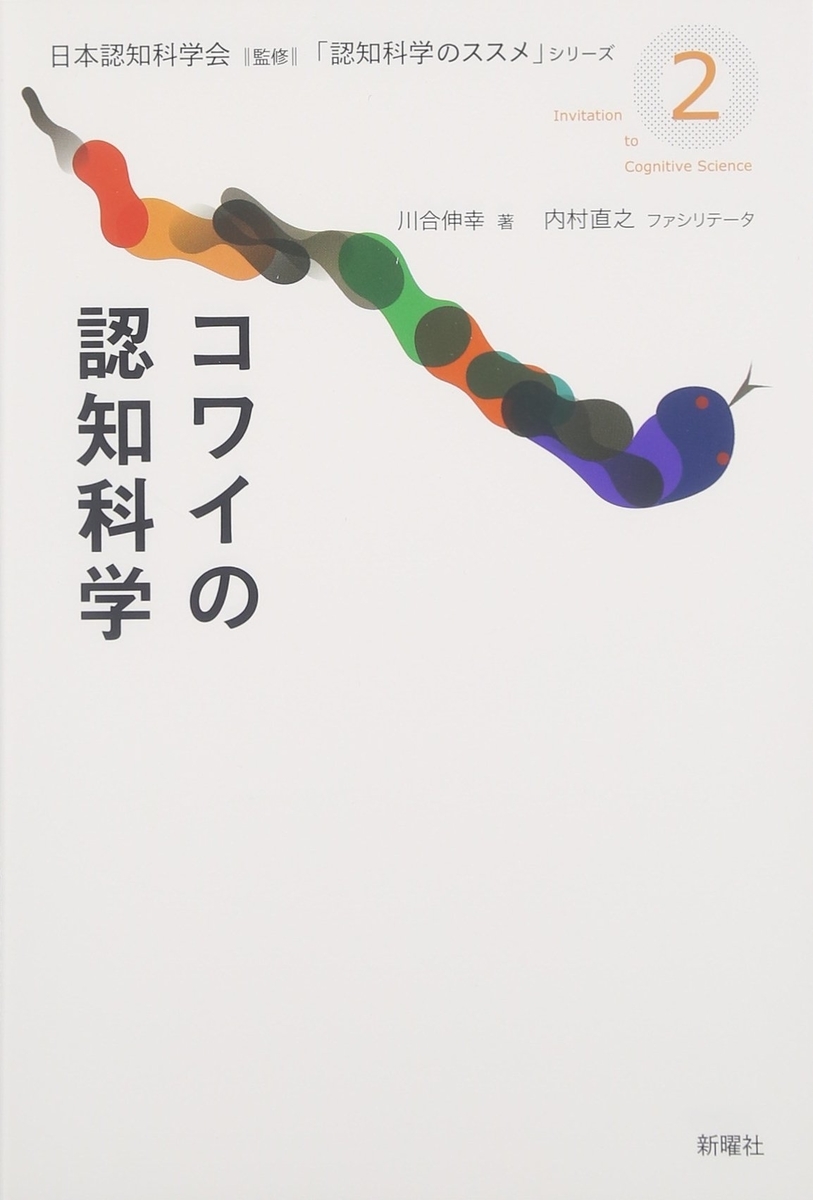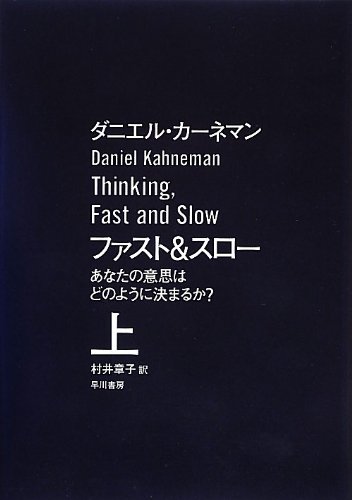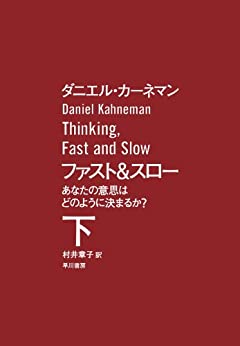恐怖を科学する
コロナにより、人々の生活は変化し、心には不安と恐怖がそこはかとなく渦巻いている。それが今や他者を排除する心理状態へと向かいつつあるように思う。
重責を担って下さっている医療関係者に対する嫌がらせもニュースで耳にする。
そこで、恐怖とは何か、恐怖を起こすメカニズムを知りたくなった。
科学したくなった。とはいえ、科学者でも哲学者でもない凡人、いくつかの書籍から紐解こうとしてみた。
仕事場でリスクの中働く医療従事者の直面する帰路での攻撃(和訳)
毎晩7時、ニューヨーカー達は家の外に出て、コロナウィルス患者に対処している医療従事者を励ます。車とポリスカーからの警告音がその励ましに加わる。
ニューヨークの何軒かのレストランは、市の病院で働いている医者と看護士に食事を提供している。
先週、米軍機が医療関係者への感謝を示すために、ニューヨークとその他の市の上空を飛行した。
このような感謝の表現がある中、医療関係者への攻撃の報告は驚きである。
WHOと介護職員トップは看護士とその他医療関係者を身体的・言語的攻撃から守るよう国々に要求したと述べ、看護士の男性も女性も、コロナウィルス大流行と戦うために、自らの命を昼夜を問わず、ずっと犠牲にし続けてい、と話した。
国際看護師協議会長であるハワード カトン氏は、およそ100名の医療従事者が新型コロナ感染症で亡くなったと報告されている、その中には多くの看護師が含まれていたと、先週リポーターに語った。
ウィルスが広がり始める前でさえ、多くの看護師が難しい仕事を抱えていた。約2.800万人が看護士として働く。世界すべての医療従事者の59%にあたる。
先週、WHO関係者、ナーシングナウキャンペーン、国際看護師協議会は初めてとなる「世界の看護の現状報告書」を発行した。
ナーシングナウキャンペーン☟
https://www.mhlw.go.jp/stf/houdou_kouhou/kouhou_shuppan/magazine/201907_00005.html
その報告書によれば、多くの地域で看護士が不足しているという。看護士の不足は主に 低中所得国であると述べている。
新人看護士の数は、多くの国で期待値にまで達しておらず、どこの国においても多くの看護師が定年を迎える年になっていると指摘する。訓練された医療関係者は退職する準備をしているに違いないとも指摘する。
報告書は、毎年8%のより多くの従事者が必要になるだろうと予測している。
看護士不足は、アフリカ諸国、アフガニスタン、パキスタン、イエメン、ベネゼエラで問題となる。
差別と攻撃
看護士は、すべての医療関係者の大多数を構成しているにも関わらず、その価値が認知されていない。その看護士のうち90%が女性であり、仕事場で、しばしば差別の犠牲者になっていると指摘する。驚くべき事実として、実に3分の1強(37%)の国が医療関係者に対する攻撃を防ぐ対策をとっていると報告している点だ 。
人々の感染への恐怖から、ある従事者たちはコロナウィルス感染症危機の間中、攻撃を受けている。メキシコの看護師は、彼女が家に歩いて帰っている時に、誰かが水と塩素のを混ぜたものを投げつけた、と報告した。
ハワード カトン氏 言う。医療従事者への嫌がらせは世界中で報告されていると。
「断じて受け入れがたい事だ。」このような嫌がらせを止め、そして明確で事実に基づく公衆衛生メッセージを確実に行うことを政府に要請したと述べた。
WHOのジョルジョ コメット氏は、人々が医療関係者を、”最近の危機に対する解決策ではなく”あり得る危険として”捉えるのは比較的新しいことだと述べた。さらにこう付け加えた、この大流行下において医療従事者を守る必要な対策を取ることが非常に重要であると。
バロネス メアリー ワトキンス氏、ナーシングナウ議長は、看護師は過去にも攻撃されたことがあると述べた。それはエボラとエイズの原因となるウイルスであるHIV発生の時だ。
ワトキンス氏は、「多くの国の警察から、医療従事者を攻撃することは容認できないとの非常に、非常に明確な指示があります。私たちは圧力をかけ続ける必要があるのです。」と彼女は付け加えた。
恐怖を科学する
現在の状況下では、謎すぎるものへの恐怖は排除しがたい。コワいという気持ちから逃げることはできないが、うまくつきあっていくためには,それがどのようなものであるのかよく知ることだと思う。幾ばくかの謎説きが出来ればと、この本を選んでみた。



出典Amazon
それぞれに、コメントを見つけたので下記に紹介する。
人が「恐怖」を感じるそれ自体は悪い現象ではないようだ。一種の緊張に入って、闘いや逃走の準備を身体に要請しているからだ。古代から人はそれが無くては生きてはいけなかったであろうことは容易に想像がつく。では、それらはどのように発生するのか。心理学の研究では、経験によるものとされてきた。それならば、これまでどれほどの疫病を経験してきたことか。エボラ、SARS、MARS、HIV等蓄積された経験は恐怖を呼び起こすのに十分だ。
また、人の認識というものが、我々が自覚しているよりバイアスがかかっていて、直感的なインスピレーションがストーリーを創り、人はそれをどこかしら正しい根拠なしで正しいと信じてしまう。つまり手持ちの情報量と質ではなく説明に筋が通ってれば正しいと誤解してしまうということだ。そして、ひとたび自分の中の確信を感じた事柄に対しては、それらを打ち消すような証拠や意見を排除しようと無意識にしてしまうらしい。
本題に戻ろう
現状を考えるとコロナの恐怖は誰しも持つし、恐怖と不安は重なり合う部分があり、それは否めない。しかしながら、医療従事者はその最前線で我々を必死で守ってくれている。しかも自らもその恐怖と戦っているのだ。私たちには理性がある。心理的不安に立ち向かい、共に協調し、共有し、ここで連帯を示したいと思う。
「コワイの認知科学」の最後の章に、いじめられ、仲間はずれにされる恐怖について 脳科学でも心が痛むという事が実際にあると書かれていた。心と脳にずしりと重い事実でる。
原文
Every night at seven o'clock, New Yorkers step outside their homes to cheer for the medical workers who are treating coronavirus patients. Horns from automobiles and police vehicles add to the cheering.
Some New York restaurants are making meals for doctors and nurses working in the city’s hospitals.
Last week, U.S. military airplanes flew over New York and other cities as a show of thanks to healthcare workers.
With all these expressions of thanks, reports of attacks on healthcare workers are surprising.
The World Health Organization, or WHO, and top nursing officials have called on countries to protect nurses and other health workers from physical and verbal attacks. They note that these men and women are already making sacrifices in their lives every day to fight the coronavirus pandemic.
Howard Catton is head of the International Council of Nurses. He said that about 100 medical workers are reported to have died from COVID-19, the disease caused by the new coronavirus. Many nurses were among the dead. Catton spoke to reporters last week.
Even before the virus began to spread, many nurses had difficult jobs. About 28 million people work as nurses. That represents 59 percent of all health workers worldwide.
Last week, WHO officials, the Nursing Now campaign, and the International Council of Nurses released the first “State of the World’s Nursing Report.”
The report says there are not enough nurses in many areas. The nursing shortages are mainly in low- and lower-middle income countries, it noted.
The number of new nurses does not meet the expected needs in many countries, the report said. It points to some countries where many nurses are nearing retirement age. It said that trained health workers must be ready to do the work of those who have retired.
The report estimates eight percent more workers will be needed each year.
Nursing shortages are an issue in many parts of Africa, in Afghanistan, Pakistan, Yemen and Venezuela, the report added.
Discrimination and attacks
Although nurses make up the majority of all health workers, the report says their value is not recognized. It notes that 90 percent of nurses are female, and they are often victims of discrimination in the workplace. One surprising fact is that a little over a third of countries – thirty-seven percent - reported measures in place to prevent attacks on health workers.
Some workers have been attacked during the COVID-19 crisis because people fear contagion. A nurse in Mexico reported that someone threw a mixture of water and chlorine at her as she walked home.
Howard Catton said there have been reports from around the world of abuse of health workers.
"It is completely unacceptable,” Catton said. He called for governments to stop such abuse and to make sure that public health messages are clear and fact-based.
The WHO’s Giorgio Cometto said it was a relatively new experience for people to see health workers as a possible risk, "as opposed to being a solution to the current crisis.” He added that in the current pandemic, it is very important to take the necessary steps to protect health workers.
Baroness Mary Watkins, chair of Nursing Now, noted nurses have been attacked in the past. That was during outbreaks of Ebola and HIV, the virus responsible for the disease AIDS.
Watkins said “there has been a very, very clear directive from the police in many countries that attacking a health care worker is unacceptable. We need to keep pressure up,” she added.

